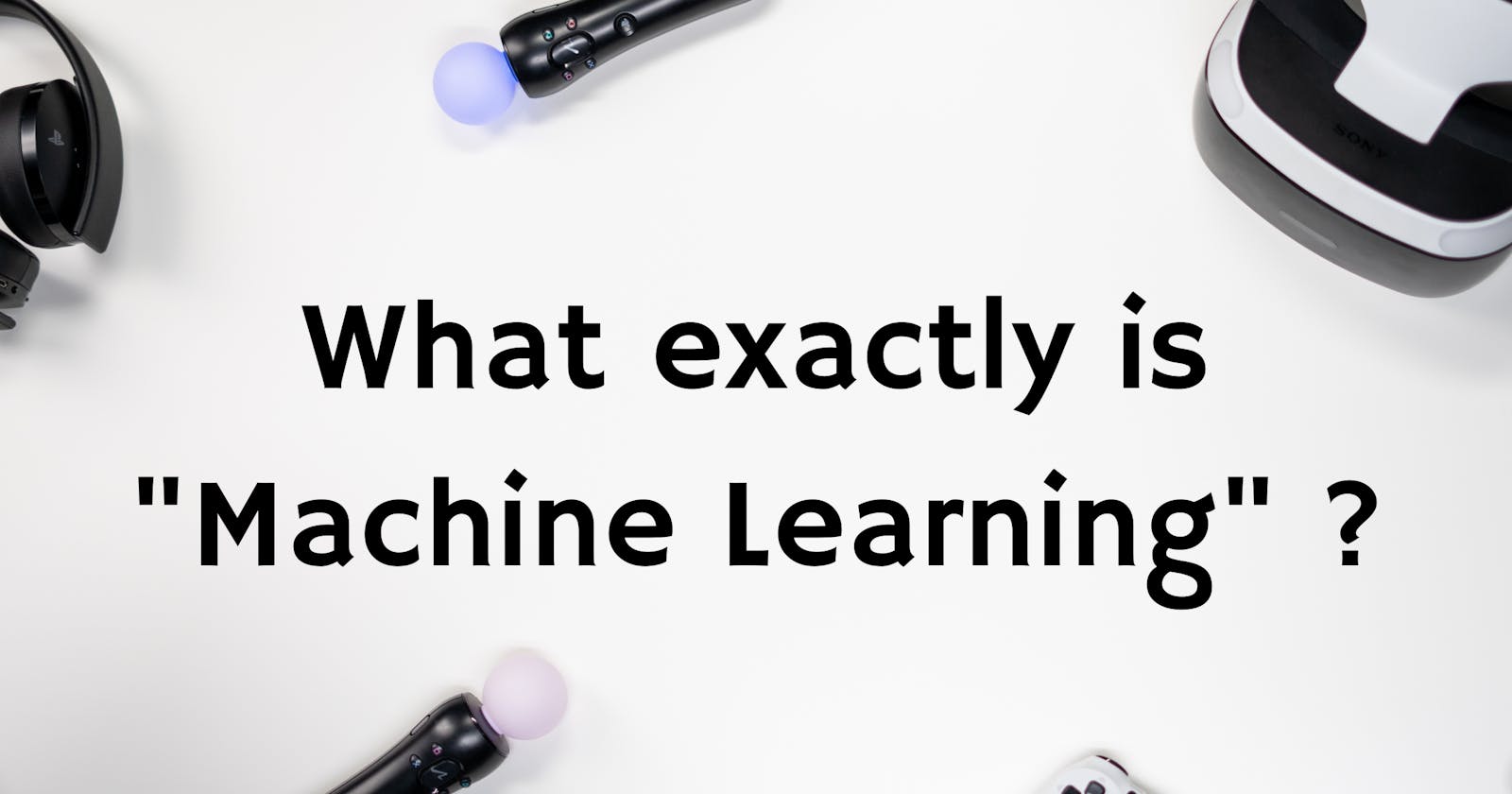Machine learning is a rapidly growing field that has the potential to transform the way we live, work, and interact with technology. In recent years, machine learning has been used to develop new products, improve existing systems, and solve complex problems in fields as diverse as healthcare, finance, and transportation. In this blog, we will explore what machine learning is, how it works, and some of its most exciting applications.
What is machine learning?
At its core, machine learning is a type of artificial intelligence (AI) that enables computers to learn and make predictions based on data. Machine learning algorithms are designed to analyze large datasets, identify patterns, and make predictions or decisions without being explicitly programmed. Instead, machine learning models are trained on data, which allows them to learn from experience and improve their performance over time.
How does machine learning work?
Machine learning algorithms typically follow a four-step process:
Data collection: The first step in machine learning is to collect and prepare the data. This can involve cleaning the data, transforming it into a usable format, and splitting it into training and testing sets.
Model training: Once the data is prepared, the next step is to train a machine learning model on the training set. The model is designed to identify patterns in the data and make predictions or decisions based on those patterns.
Model evaluation: After the model is trained, it is evaluated on the testing set to determine its accuracy and performance. If the model is not accurate enough, it may need to be refined or retrained.
Model deployment: Once the model has been trained and evaluated, it can be deployed in a production environment where it can make predictions or decisions based on new data.
What are some applications of machine learning?
Machine learning has a wide range of applications in fields such as healthcare, finance, and transportation. Here are some examples:
Healthcare: Machine learning is being used to improve the accuracy of medical diagnoses, predict disease outbreaks, and develop personalized treatment plans. For example, machine learning models can analyze medical images to identify signs of cancer or other diseases.
Finance: Machine learning is being used to detect fraud, predict stock prices, and analyze credit risk. For example, machine learning models can analyze financial data to identify patterns that may indicate fraudulent activity.
Transportation: Machine learning is being used to improve the safety and efficiency of transportation systems. For example, machine learning models can analyze traffic patterns to optimize routes and reduce congestion.
Conclusion
Machine learning is a rapidly growing field that has the potential to transform the way we live and work. By enabling computers to learn and make predictions based on data, machine learning is opening up new possibilities in fields as diverse as healthcare, finance, and transportation. As machine learning continues to evolve, we can expect to see even more exciting applications in the years to come.

